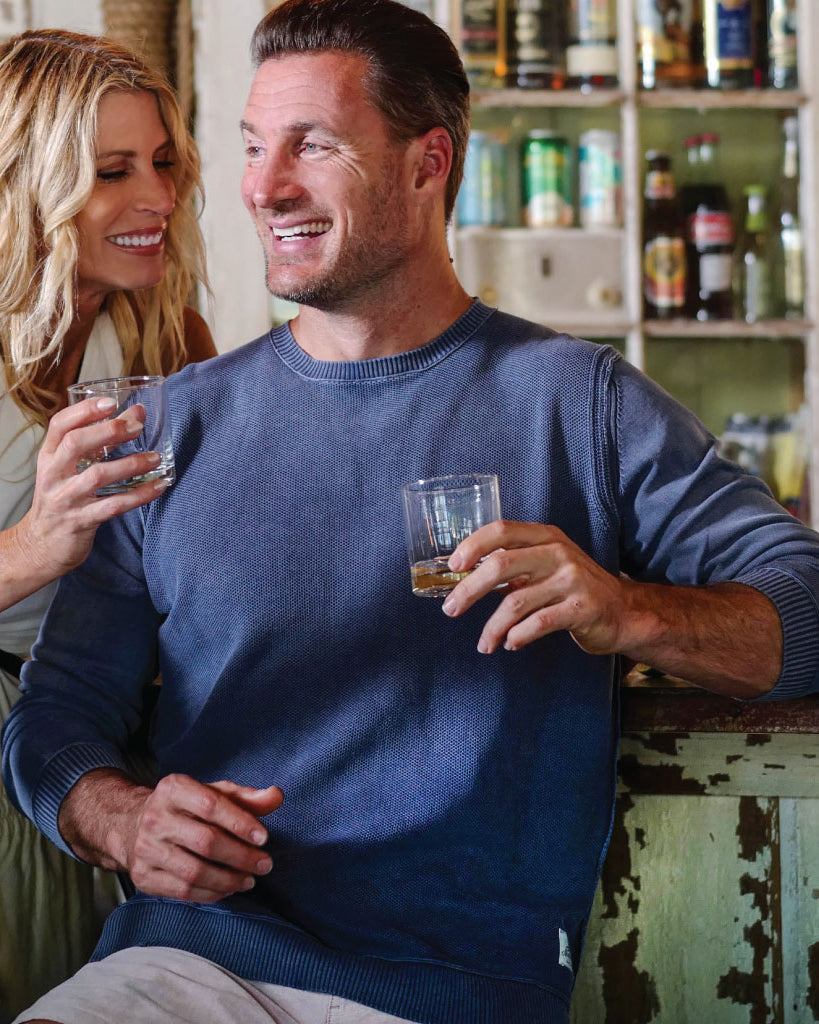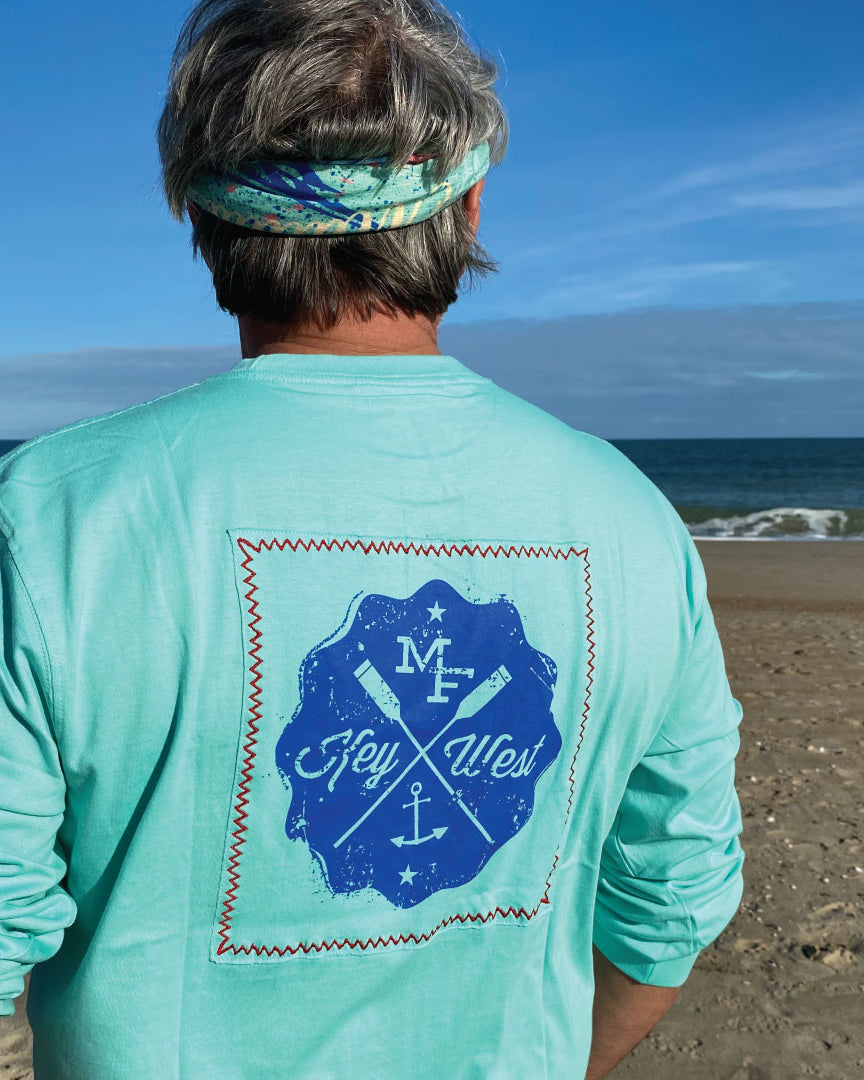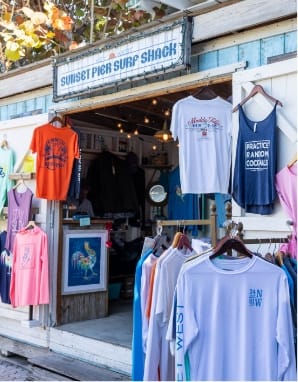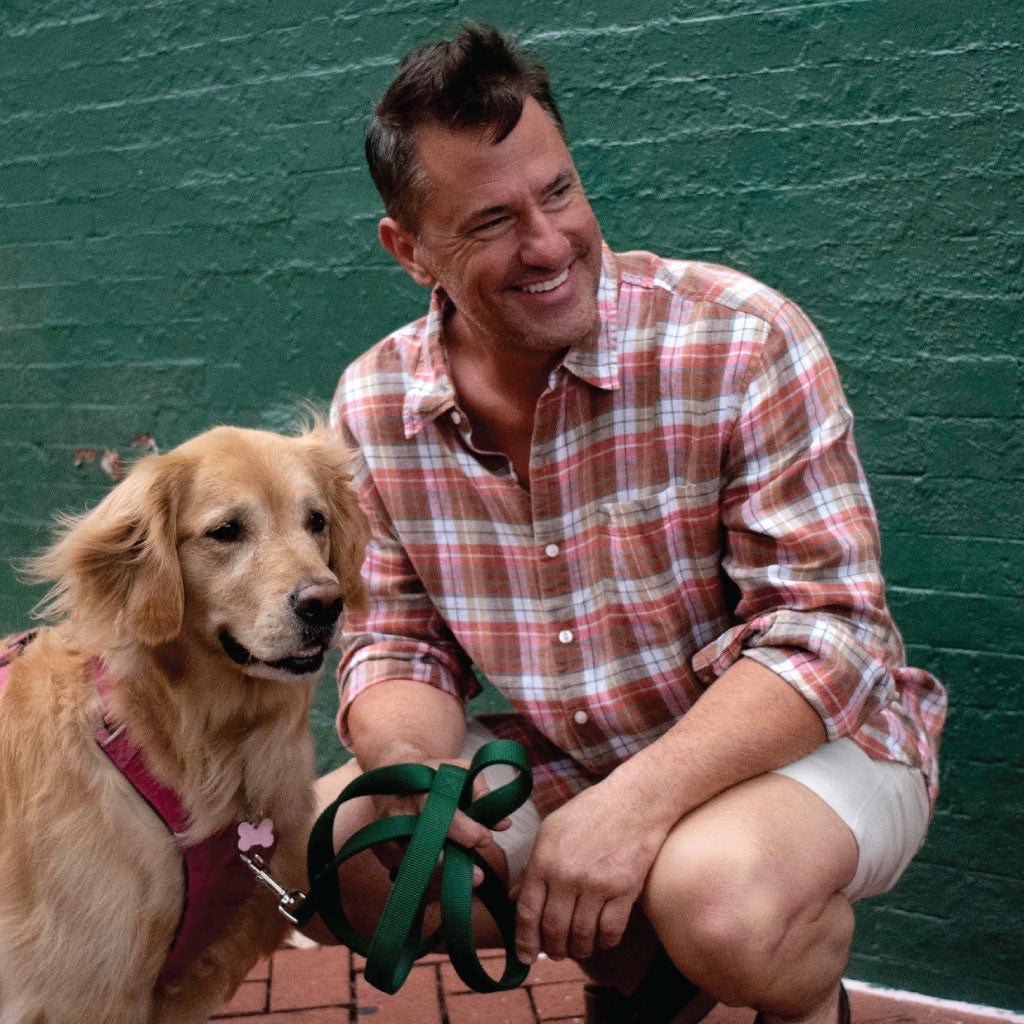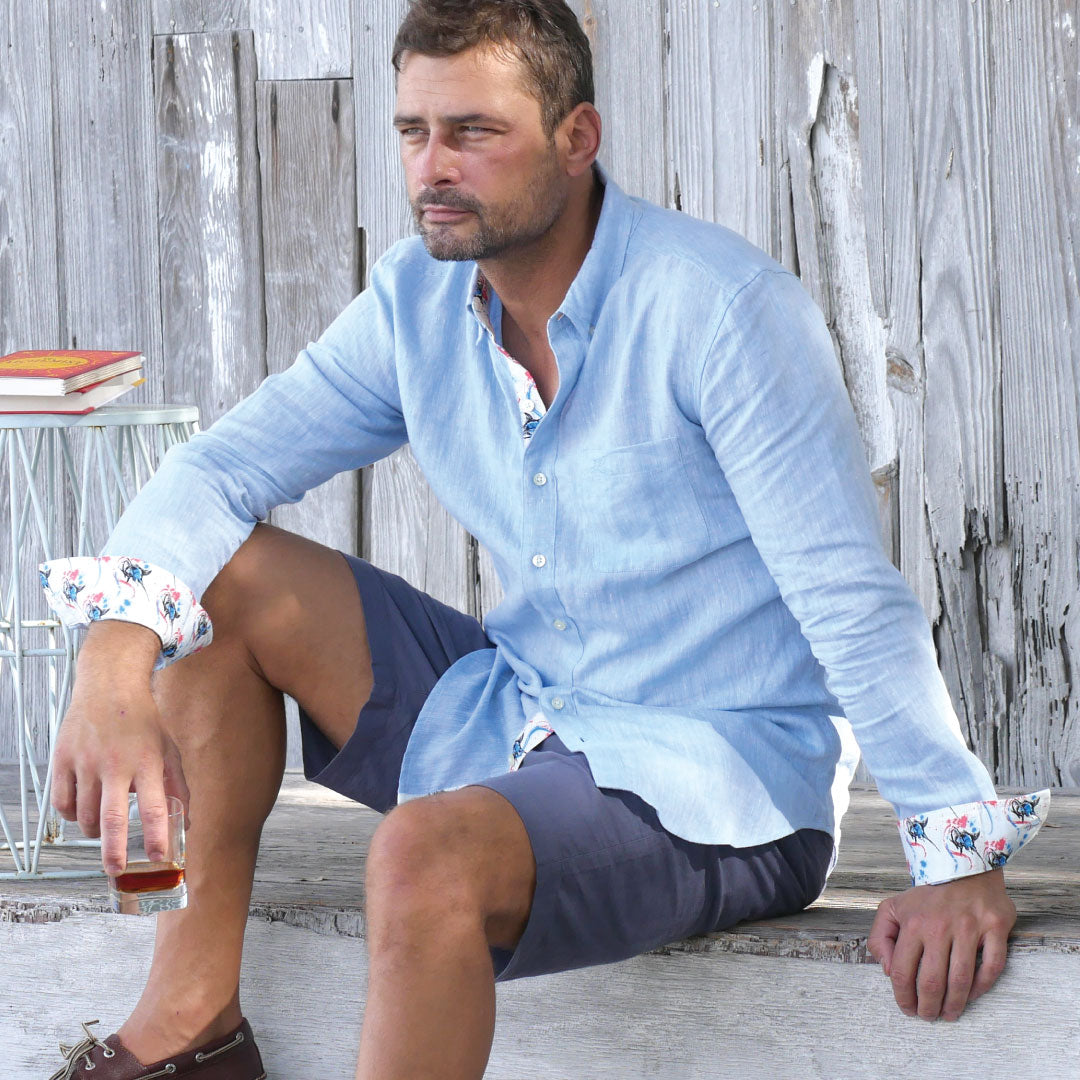
Here in America, we have loads of traditions around the Christmas holiday. Tree lighting ceremonies in Washington D.C. and in Rockefeller Center. Most large cities have Christmas parades. Children leave cookies and milk under the tree for Santa. Red and green colors are everywhere and many take in a special midnight mass.

Other countries have their own customs, rituals, and events to celebrate the season. Some are similar to our American traditions, but there are some that are uncommon and very special in countries around the globe. We start our Christmas trek in the country of Germany and finish up in Whoville…yes Whoville.
Germany –
It is not out of the question to say that Christmas started in Germany. So many decorations and traditions originated here, and it is believed that the Christmas tree tradition started back in the 16th century.
Germany also has ties to the Christmas Market tradition. The oldest Christmas market in the country is believed to be Dresden’s “Striezelmarket.” Each year the event starts in late November and runs through Christmas Eve, with 2022 being the 588th edition. Do some quick math and you will find that the Striezelmarkt started in 1434…a few decades before Columbus even thought about sailing to the New World.

In essence, the market transitions into a small city, with gift shops, traditional German crafts, food of all varieties, and rides, including its huge Ferris Wheel. A favorite of the people of Dresden, it is an event that tourists come to and often stay here for a night or two to catch all the festivities.
There also is a quirky custom that many believe originated in Germany...it is called the ‘Pickle in a Tree.' But, when the German people were asked about the tradition, they had no clue what folks from America were talking about.
Others say that it originated in Spain, where two boys were held as prisoners in a pickle barrel until they were rescued by St. Nicholas. Believe what you may, here is the custom.
The "tradition" (if it really is one), is to hide a pickle in the branches of a Christmas tree, and whichever child finds the pickle, gets a gift. ‘Pickle in a Tree’ may not be celebrated worldwide, but stop in your favorite Christmas shop and you will likely find a pickle ornament…we have two pickle ornaments on our tree!!! Here is one of them on this year's tree.

Russia –
When Russia was known as the Soviet Union, the New Year was the most important time to celebrate, but Christmas, well, not so much. Christmas became banned as a religious holiday in 1929, and the Christmas tree became known as the New Year tree in 1935. If a family wanted to ‘celebrate’ Christmas during this time it was done in great secrecy, just in their family.
After the Soviet Union collapsed in 1991, Russian people were able to celebrate Christmas again, but it still takes a back seat to the New Year celebration. It is the New Year celebration where “Grandfather Frost” or “Father Frost” brings gifts to children. Still, cities and towns are beautifully decorated for Christmas and New Year, as seen in this picture from Moscow.

Christmas itself is celebrated on January 7th because the Russian Orthodox Church follows the old ‘Julian Calendar.’ The official Russian Christmas and New Year holidays run from December 4th until January 10th.
The Christmas Eve meal is made up of 12 dishes, representing the 12 disciples. Most Orthodox Russians do not eat any meat or fish on Christmas Eve. After the meal, prayers would be said, then off to midnight mass for church services, some of which would not end until four or five in the morning.
Christmas Day dinner consists of roast pork and goose, with desserts of fruit pies, gingerbread, dried fruits, and nuts.
Venezuela –
Across the world, people head to mass on Christmas Eve, midnight mass, or Christmas morning mass. Folks in Venezuela, specifically in the capital city of Caracas, head to mass each morning during Christmas week as well...but NOT exactly the way you would think.
Every year, from December 16th through Christmas Day, thousands of Venezuelans head to church on roller skates!!! This tradition is so popular now that many of the streets of Caracas are closed to traffic starting at 8 each morning so that the skaters can get to church safely.

Presents are usually exchanged at midnight on Christmas Eve, with presents brought by St. Nicholas and Baby Jesus. (Hmmm, are new roller skates a Christmas gift)?
The typical Venezuelan Christmas meal consists of beef, pork, and chicken, with raisins and olives wrapped in plantain leaves, then boiled or steamed.
Some homes do have a Christmas tree, but since pine and fir trees are rare in the area, most are artificial. The more common home decorations here aren’t trees, they are nativity scenes.
Austria –
Austria is where one of the most frightening creatures associated with Christmas originated. The creature is referred to as Bad Santa, but to be specific, his name is Krampus. Tradition has it that this horribly ghoulish creature wanders the streets in search of badly behaved children.
During December it is common to see some terrifying figures wearing masks going out and about scaring children and adults. It can be an extremely unsettling sight, especially for those unfamiliar with this Austrian cultural practice.

In Vienna, there is even an annual Krampus parade. The event has spawned parades in other countries, like the Czech Republic. Check out this link for some ghastly photos of the Krampus parade in Kaplice, Czech Republic.
Now, it is not all scary in Austria. Each town will have a large Christmas tree in the town square. The tree is lit for the first time at 4 pm on Christmas Eve, and the locals come to sing Christmas carols. Like Germany, most towns have a Christmas market called the “Christkindlmarkt”. Starting around December 1st, the market will sell Christmas decorations, food, and sweet warm mulled wine.
The traditional Christmas meal is eaten on Christmas Eve. The main course is fried carp or “Gebackener Karpfen’. Why? Christmas Eve was considered a fasting day, so no meat was eaten. Today, that tradition has waned, and roast goose and turkey are becoming more popular.
Japan –
Since Christianity is not a largely followed religion in Japan, Christmas is not a national or religious holiday and has only been celebrated in the past few decades. It is seen more as a time to share happiness with others with Christmas Eve being more of a romantic day where couples may share a present. One tradition that has “caught on” is sending Christmas cards. It has become a popular way to spread cheer.
But there is one event on Christmas Eve that folks from America might find…well…just a bit strange.

Beginning in 1974, Kentucky Fried Chicken (KFC), launched a festive marketing campaign in Japan. The campaign slogan was simple “Kentucky for Christmas.” From 1974 on, Japanese families flock to KFC for their Christmas Eve dinner. It may be fast food for us, but Christmas Eve at KFC is by far their largest sales day of the year. (Not sure if they go for the KFC bucket or individual pieces, the fries, or the mashed potatoes).
One popular dessert is the Christmas cake. No, it is not our beloved fruit cake, (thank goodness), but a sponge cake topped with whipped cream and strawberries.
Ghana –
The Christmas celebration starts on the 20th of December and runs through the first week of January. It is a time for families to reunite. It is a diverse country with more than 60 languages spoken. Many of these languages have their own traditions around the holiday.
During this multi-week period there are parties, most held at different locations, and not in the home. Office parties, children’s parties, and end-of-year parties are held at hotels, beaches, parks, and community centers.
Christmas Eve night is when the celebrations kick into high gear. These celebrations start with church services that feature drumming and dancing. There may be nativity plays, choirs singing, fireworks, and dancing. Some of these services and celebrations will last all night long.
Food that is served on Christmas Day includes stews, porridge, okra soup, and a rice and yam paste called “fufu.”

Ask yourself, wouldn’t you like to try some “fufu?” It is a dough-like dish, a favorite of many African nations is usually eaten with your fingers and is often dipped in soup or stews.
Norway –
One of the more unorthodox Christmas traditions is found in Norway, where on Christmas Eve, people hide their brooms. This bit of folklore goes back centuries when people believed that on Christmas Eve misbehaving spirits and witches came out looking for brooms to ride for a mischievous evening.

Each year Norway gives the United Kingdom gift of a large Christmas tree. The tree is a thank you from Norway to the UK for the help they gave the Norwegian people during the Second World War. The tree is placed in Trafalgar Square in London and thousands attend the tree lighting ceremony.
In Europe, the last remaining wild tundra reindeer are found in southern Norway. In these southern mountain ranges, there are about 30 to 35 thousand reindeer.

The largest herd consists of around 10 thousand at a location called Hardangervidda. Not sure if Rudolph, Comet, Blitzen, or Santa’s other reindeer come from this herd…but we believe so!!
DR of the Congo –
In the Democratic Republic of the Congo, Christmas is a religious festival rather than a commercialized holiday. Most people do not receive presents on Christmas Day.
But Christmas Eve is a very important religious day as churches host a musical evening with a play about the nativity. Many churches in the Congo have five or six choirs that perform. The nativity play starts as evening sets in, with the creation in the Garden of Eden. The birth of the Baby Jesus is timed to happen at midnight, just in time for Christmas Day.
The play and the music are performed mostly by the children. They are encouraged to “show off” their acting and/or musical skills to the congregation. The play and music last six or seven hours until around one or two in the morning. The church service begins at 9 am, followed by the Christmas meal, usually chicken or pork, and of course… with fufu. It is a wonderful time to be spent with family.
New Zealand/Australia –
Be sure to bring the SPF 50, and let's celebrate Christmas down under!! When December 25th rolls around in New Zealand, it is right in the middle of summer. Much like the folks in Australia, people like to spend their Christmas Day at the beach, or out camping. (Never considered going camping on Christmas Day).
Both countries also like to have a good barbeque with food like ham, or venison. Seafood is another popular main course with prawns and lobsters being the main attraction. Desserts feature a dish called pavlova, which is a meringue-based cake topped with fruit and whipped cream. Cold desserts are usually preferred as Christmas day is usually very warm (ok, HOT).
In each state in Australia, there are large “Carols by Candlelight” services. Some held in the larger cities are televised nationwide. New Zealand also has caroling services in each of its small towns, and there are light shows and tree displays as well.

New Zealand and Australian children leave out carrots for the reindeer, while Santa usually gets some pineapple chunks in New Zealand and cake in Australia. Both countries leave Santa a beer instead of a glass of milk. Naturally, Michael Bublé Christmas albums surge to the top of the charts around Christmas each year.
While Christmas trees often are in a New Zealander’s home, they are especially proud of their own Pohutukawa tree. This is a Kiwi Christmas tree that is a large tree with bright red flowers. Australia has its own Christmas flowering tree, the jacaranda, with dazzling blue/purple flowers.
Iceland –
One unique custom is from Iceland. For the 13 days that lead up to Christmas, 13 tricky characters called the Yule Lads come to visit children across the country. During these 13 days, children will leave their best shoes by the window, and each night a different Yule Lad stops by. Nice girls and boys, will receive candy, food, or clothes, while naughty children will receive rotten potatoes!!
Today it is customary for everyone in Iceland to receive clothing and often a book.

The book tradition started during the Second World War when many things were rationed, but books were not, so books were cherished Christmas gifts. To this day many folks in Iceland will open a gift book on Christmas Eve and read it, with a cup of hot chocolate or orange soda.

December 23rd is when the Christmas tree is traditionally decorated. The meal that day consists of “skata” or skate, and it is the last big shopping day for last-minute gifts. Stores stay open late, until midnight which is rare in this country. On Christmas, a roast leg of lamb is served with leaf bread. The dough for the bread is cut into thin sheets with delicate patterns, then fried. Families create their own special individual patterns for their leaf bread.
New Year’s Eve is a very important night in Iceland, with mythical and magical traditions. Cows are supposed to be able to talk, seals can take on human form and the dead can rise up from their graves. There are huge bonfires that are lit, and fireworks displays to ‘blow out the year.’
There is an Icelandic story that says you must wear one piece of new clothing on Christmas Day or the Christmas Cat will come and eat you. (We figure that is how they get their children to dress nice on Christmas).
One final tradition that also occurs in Finland is, during the Christmas holiday, cemeteries are often decorated with Christmas lights. This is done to remember and honor friends and family that have passed on.
Ukraine –
Most Christmas tree decorations have lights, ornaments, tinsel, stars, and other beautiful baubles that catch the eye. But one unusual festive decoration in Ukraine is a spider’s web. Eeek, a Spider’s Web?

The story goes back to a folktale about a poor widowed woman who could not afford to decorate a tree for her children. The tale has it that the spiders who lived in the house decided to spin beautiful webs all over the tree, which the children saw on Christmas morning—fascinating that a spider’s web is considered lucky in Ukrainian culture.
Sweden –
Reindeer are associated with the Christmas holiday, leading Santa/St. Nicholas around the world delivering presents to all the good children. Sweden has quite a different animal associated with their holiday tradition. They have the tradition of the Yule Goat!!!
This tradition dates way back to the 11th century when St. Nicholas appears as a goat figure that would ward off the devil or evil spirits. The goat today is a cherished symbol of Christmas and is featured in many tree and lawn decorations. The Yule Goat is made from straw and ribbons and can stand as much as 20 to 30 feet tall.
photo credit: Wikipedia
Some say that the ‘Secret Santa’ originated in Sweden. A few hundred years ago, there was a tradition called “Jilklapp” which means "Christmas knock". A person would knock on the door of a friend or neighbor and leave a small gift. The gift would have a riddle or hint as to who left the gift, the receiver would try and guess who left the gift.
Jamaica –
If you want to have an all-night extravaganza, head to Jamaica for Christmas. Starting on Christmas Eve, in every town, there is the “Grand Market.”
During this one day, people head to the market early to shop for food, toys, and clothes. Then, starting at 6 pm, folks come back to the market dressed in their best clothes. A lot of the clothes were likely purchased earlier that day at the market. The festival explodes with music, dancing, parades, and games in the decorated streets. The celebrations can run until morning.
Christmas dinner is served at home with family. The main course is likely chicken curry or goat, with rice and peas. The dessert features a fruitcake. Wait!!! This fruitcake is not like the fruitcake found in the US. This cake has fruits that have been soaked in red wine and white rum for months before Christmas. This makes the cake very moist, and a little...potent…the perfect way to end the evening meal.
Many Jamaicans will paint their houses, hang new curtains, and put up ‘pepper lights’ (outdoor lights) for Christmas each year. (Editorial note: Painting the house, and hanging curtains each year is not one of the ‘Fellas’ traditions).
China –
Santa in China is known as “Sheng dan lao ren”, which translated means “Old Christmas Man”. Christmas is not a national holiday in China, and Christmas displays are found primarily in China’s larger cities.
Gifts are becoming a bit more common among younger couples who exchange between themselves. Gift-giving is not widespread. It is more like a Valentine’s Day gift exchange rather than a large family celebration.

Now, we have all heard the old adage, "an apple a day keeps the doctor away." One tradition that is becoming more prevalent in China is people giving decorative packages of apples on Christmas Eve.
The reason, the Chinese word for “Christmas Eve” is “Ping’an Ye” which means “peaceful evening.” The Mandarin word for “apple” is “píngguô” which sounds like the word "peace." Put them together and you have the origin of this tradition.
Whoville –
We ran into a problem here. We tried to get more information on Whoville but in all our digging, we could not even find where it is located on a map. So we tried to reach out to Cindy Loo Who, but all efforts to date have failed. We do know that the main course of their Christmas feast is a delicious roast beast…just not sure what roast beast actually is.
Rumor has it that the town is wonderfully decorated and each Christmas morning all the Whos in Whoville gather around the tall tree in the center of town and sing songs. We will try to delve more into this town and the Whos when we reach out to another contact we were just made aware of...his name...why...Mr. Grinch.
The Fellas wish everyone the happiest holiday season!!!!


